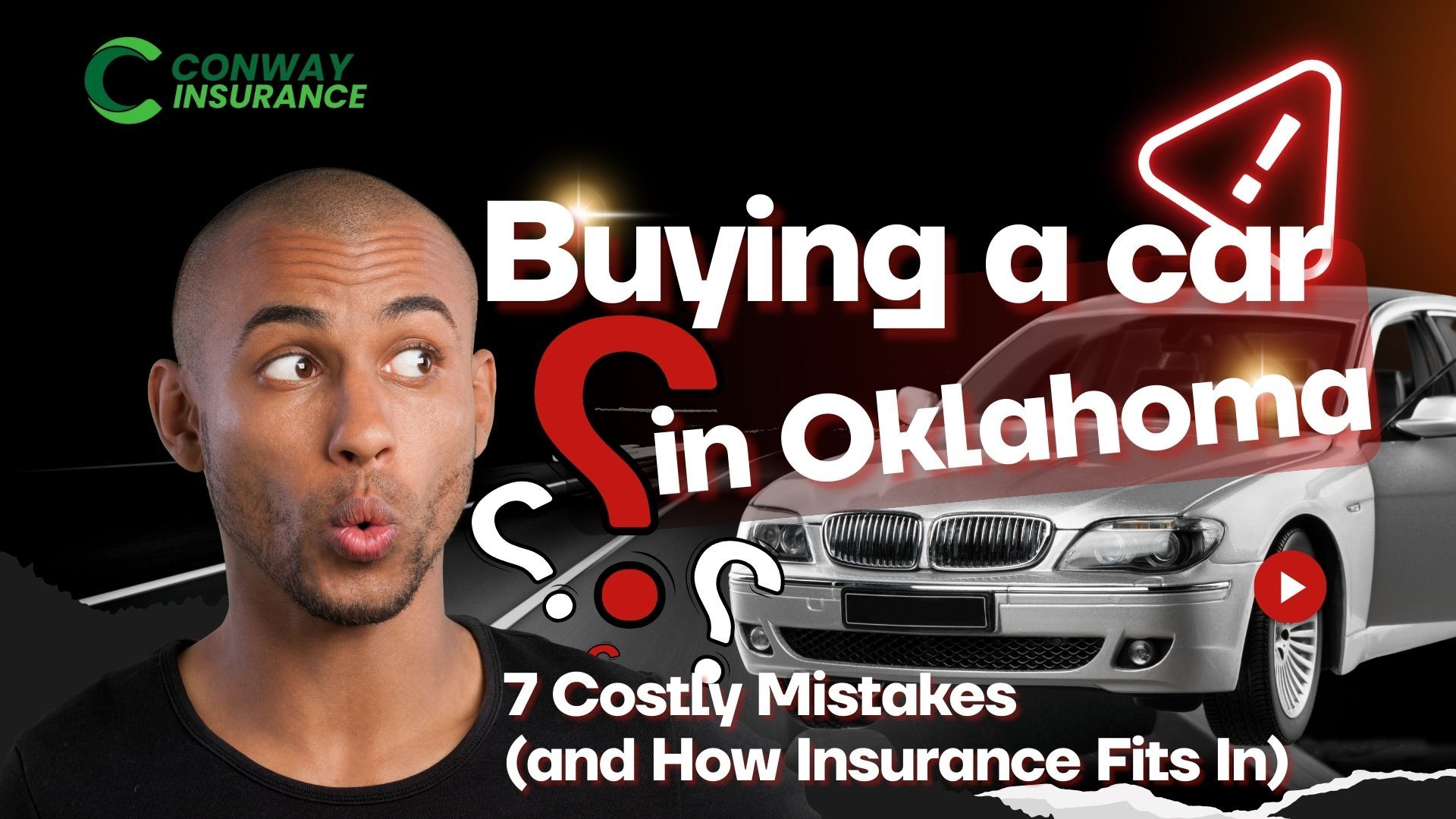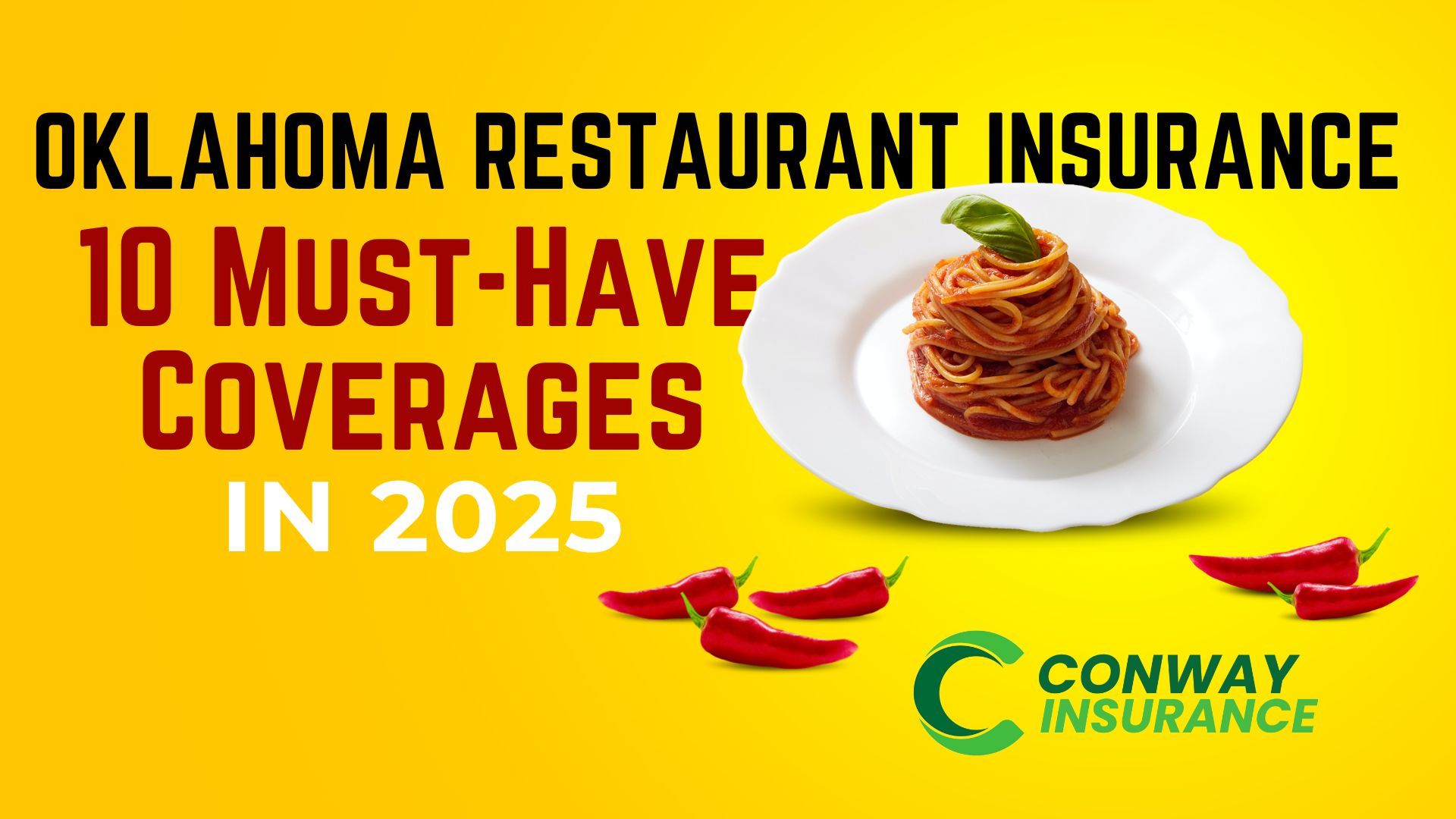Life Insurance
An insurance company pays a lump sum to the beneficiaries upon the death of the policyholder based on the premiums paid by the policyholder.
There are two general types of life insurance: whole life insurance and term life insurance. Although there are some similarities between the two, there are also some differences.
Term Life Insurance:
A term life insurance policy covers a specified period of time between 10 and 30 years. If the policyholder dies during the term or lifetime of the policy, the beneficiaries receive a death benefit. However, the death benefit is not paid if the policyholder outlives the policy.
The premiums for term life insurance policies are usually lower than those for whole life insurance, which makes them an affordable option for most people.
Term life insurance has a few drawbacks, including not typically reimbursing premiums if the policyholder dies before the term ends. Also term life insurance costs increase with age, and certain health conditions disqualify policyholders.
Whole Life Insurance:
A whole life insurance policy provides coverage as long as premiums are paid. When the policyholder dies, the beneficiaries receive the death benefit.
Whole life insurance covers a policyholder’s entire life. Premiums tend to be higher than term life insurance.
There are, however, several advantages to whole life policies other than life time coverage if premiums are paid. They often include a cash value component that can be borrowed against or used to pay premiums. When a policyholder cancels or surrenders the policy, he or she may be able to receive some of the cash value built up. Furthermore, whole life insurance policies provide a steady, predictable source of savings, which is useful for estate planning and other long-term financial goals.
It is worthwhile to note that whole life insurance does have some disadvantages. Among them is the fact that the premiums tend to be much higher than those for term life insurance policies. This can make it difficult for some individuals to afford. For people not accustomed to how different life insurance policies work, whole life policies can be difficult to understand and complex.
Term life insurance offers coverage for a limited period of time and is usually cheaper than whole life insurance. The premiums for whole life insurance are usually much higher than those for term life insurance policies. However, it provides coverage for your entire life and often includes a cash value component. The type of life insurance policy that is right for you depends on your financial situation and your goals. Talk to a licensed and trusted representative to discuss what option(s) are best for you and your family.
The post Life Insurance appeared first on Conway Insurance, LLC.
Recent posts


